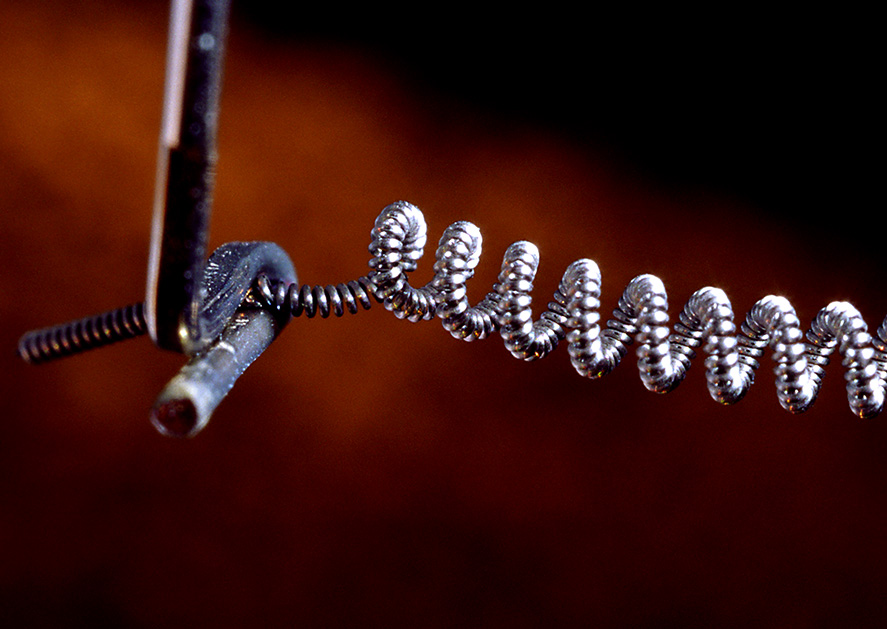It appears that either all the people over the internet have either not thought about this question or that I am mistaken in my thought somewhere:
Confusion appears when I try to apply ohms law to the power supply coming to our homes. Taking it as simply as it can be, why and how a thicker/longer resistance element of a 100W bulb draws more current than a thinner/shorter element of a say 60 W or 0W bulb when ohms law suggests something else, that current through smaller resistance would be greater. I know that the system tries to keep its voltage constant and hence has to feed more power into the load as it demands but Im not getting the result which I should on paper.
Now some or most people would like to suggest that a 100 W light bulb has a smaller resistance than a 60 W. Please think again....have you seen a heating element room heater, one which burns a hole in your pocket? or better try to visualise putting many 100 W bulbs in series...resistance increses with each light bulb introduced in circuit as well as the current!how does a load draw power from the system

